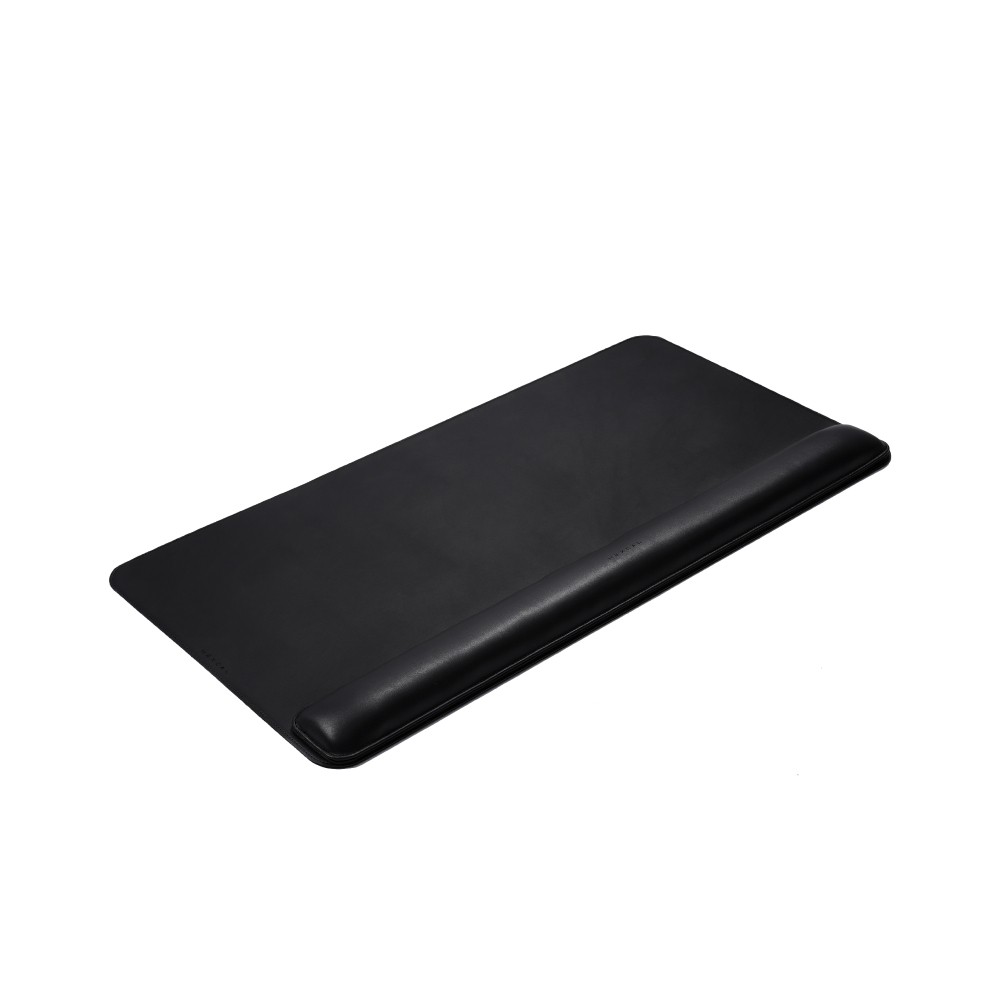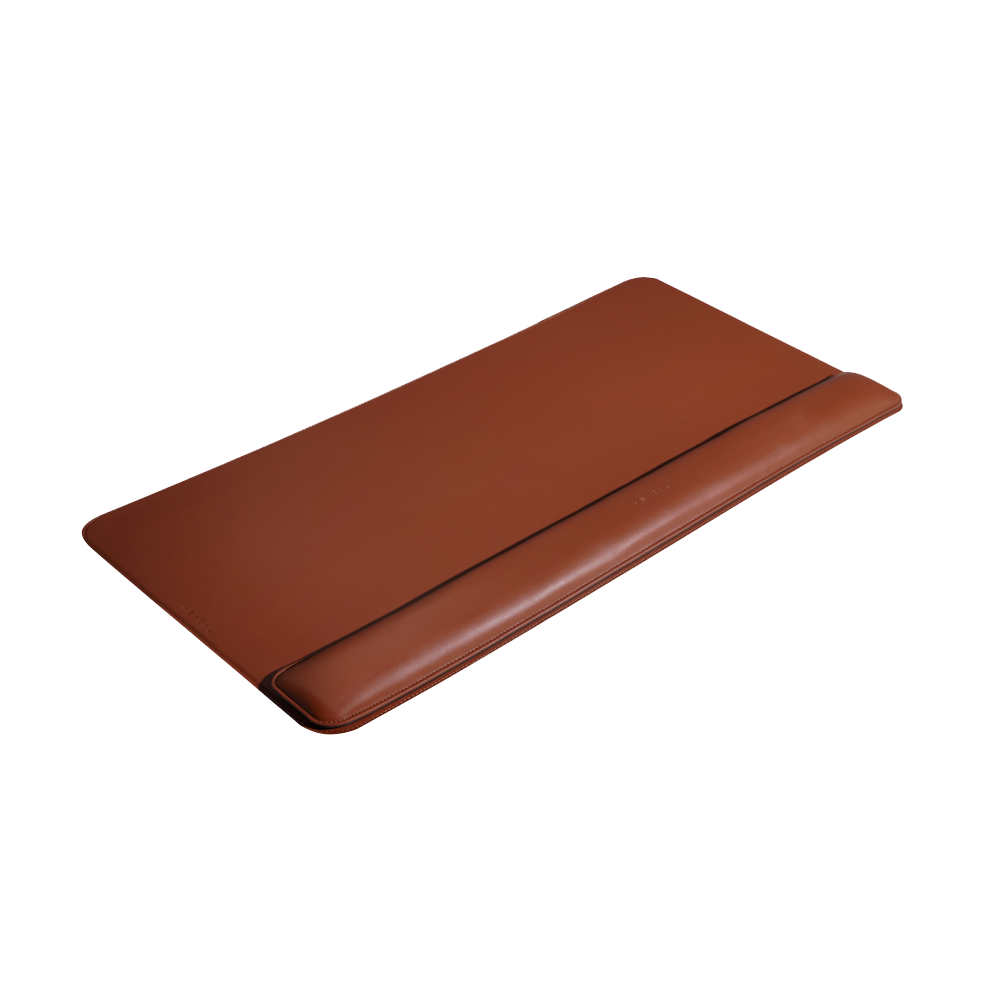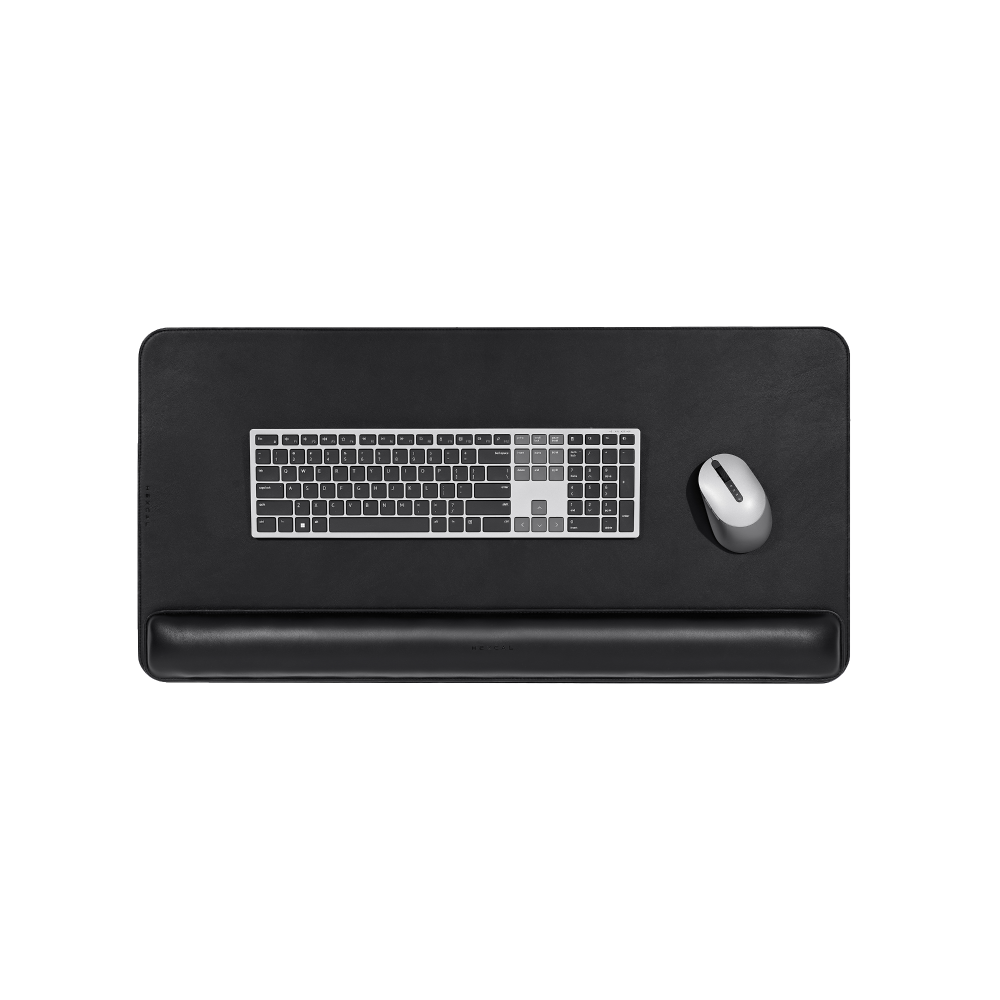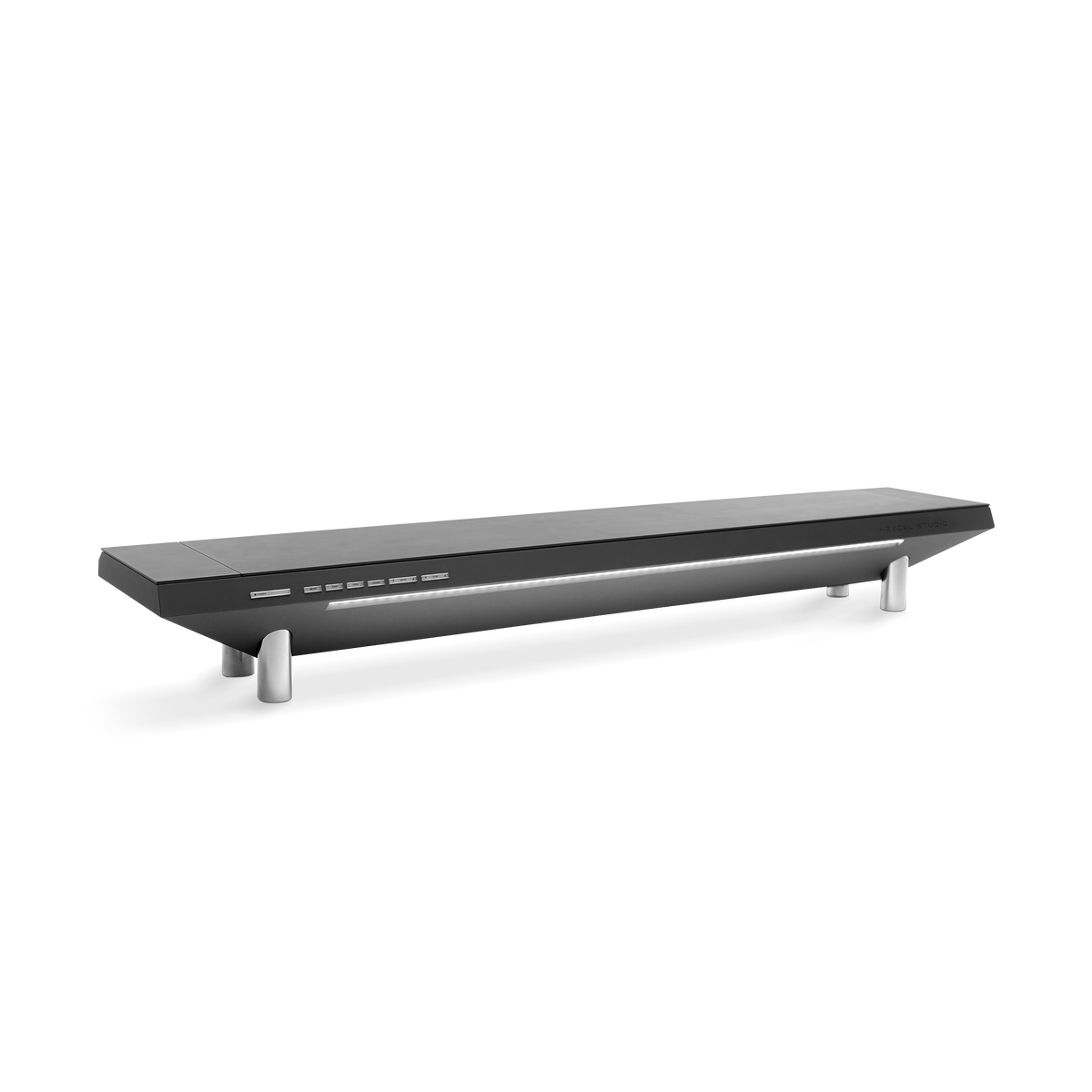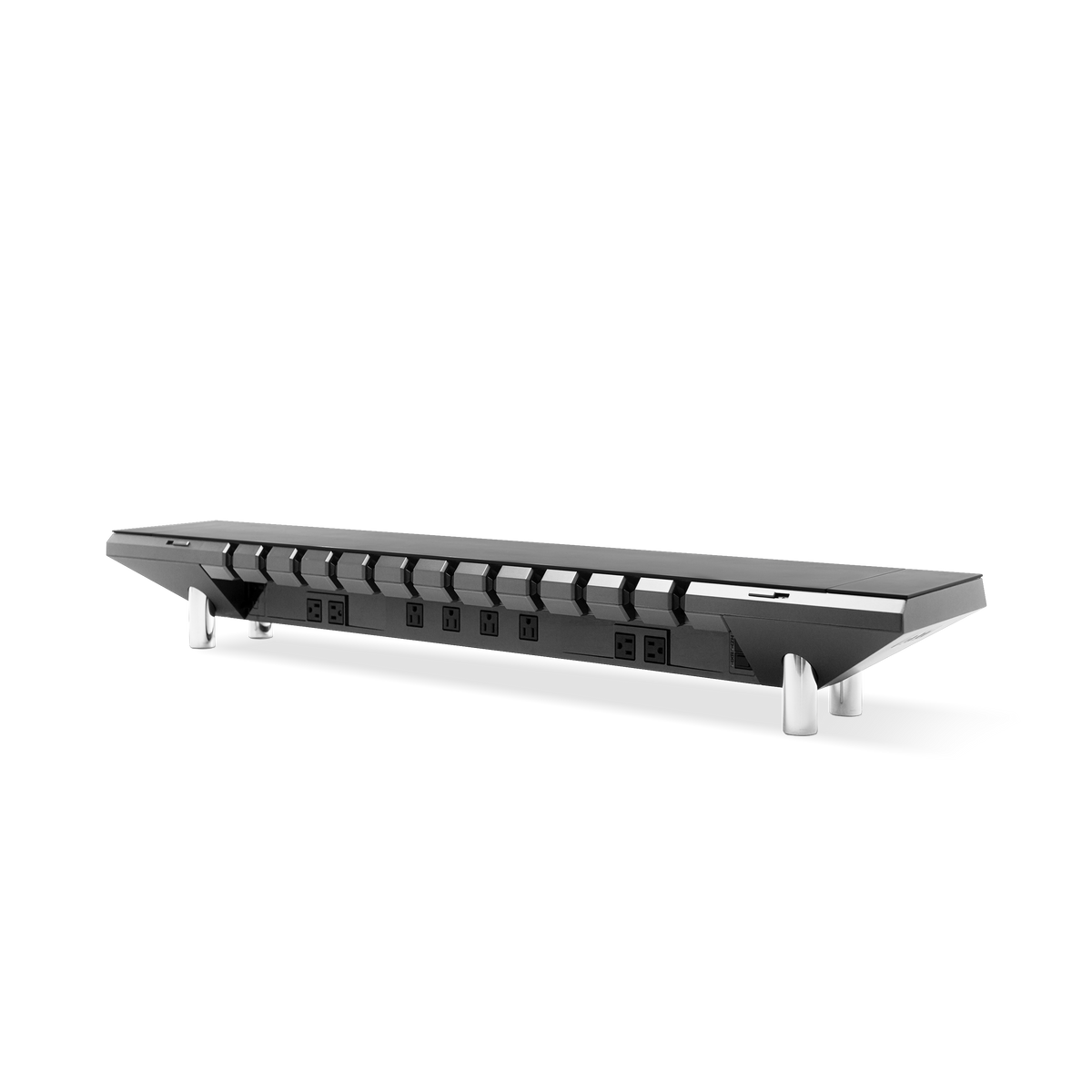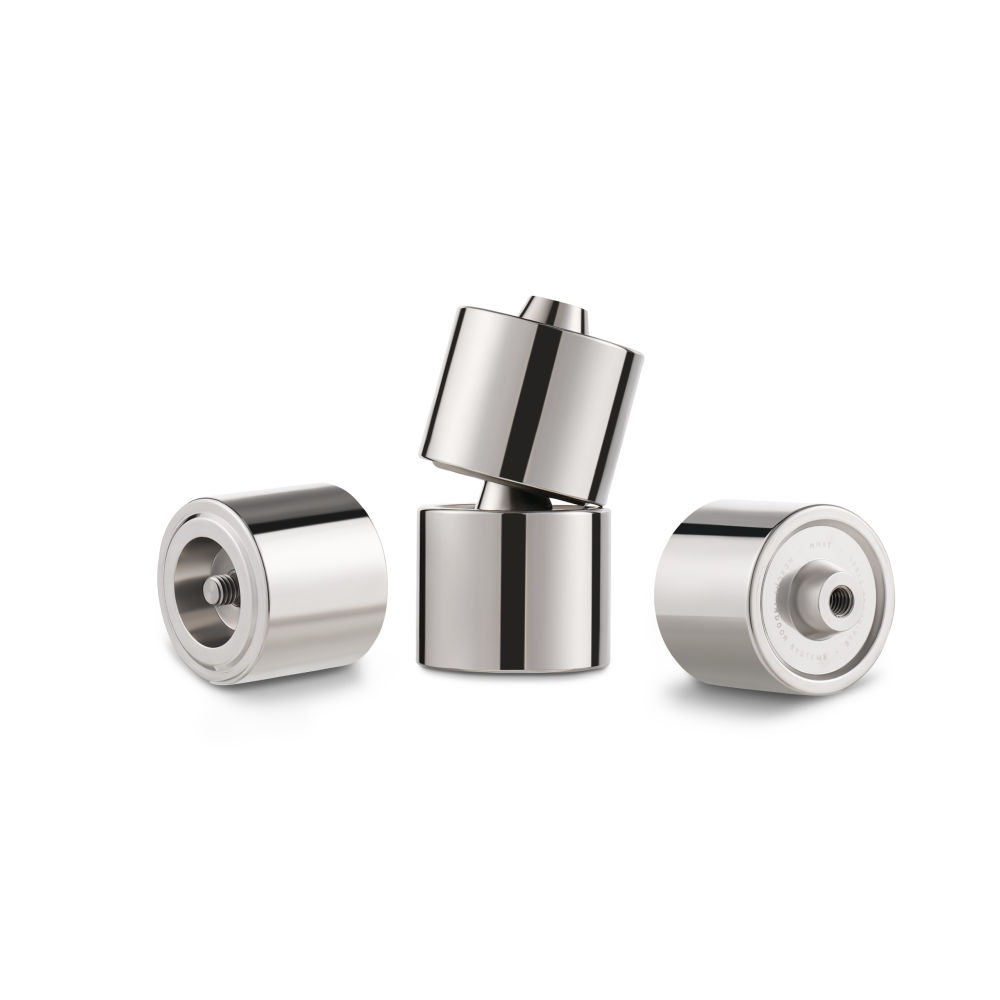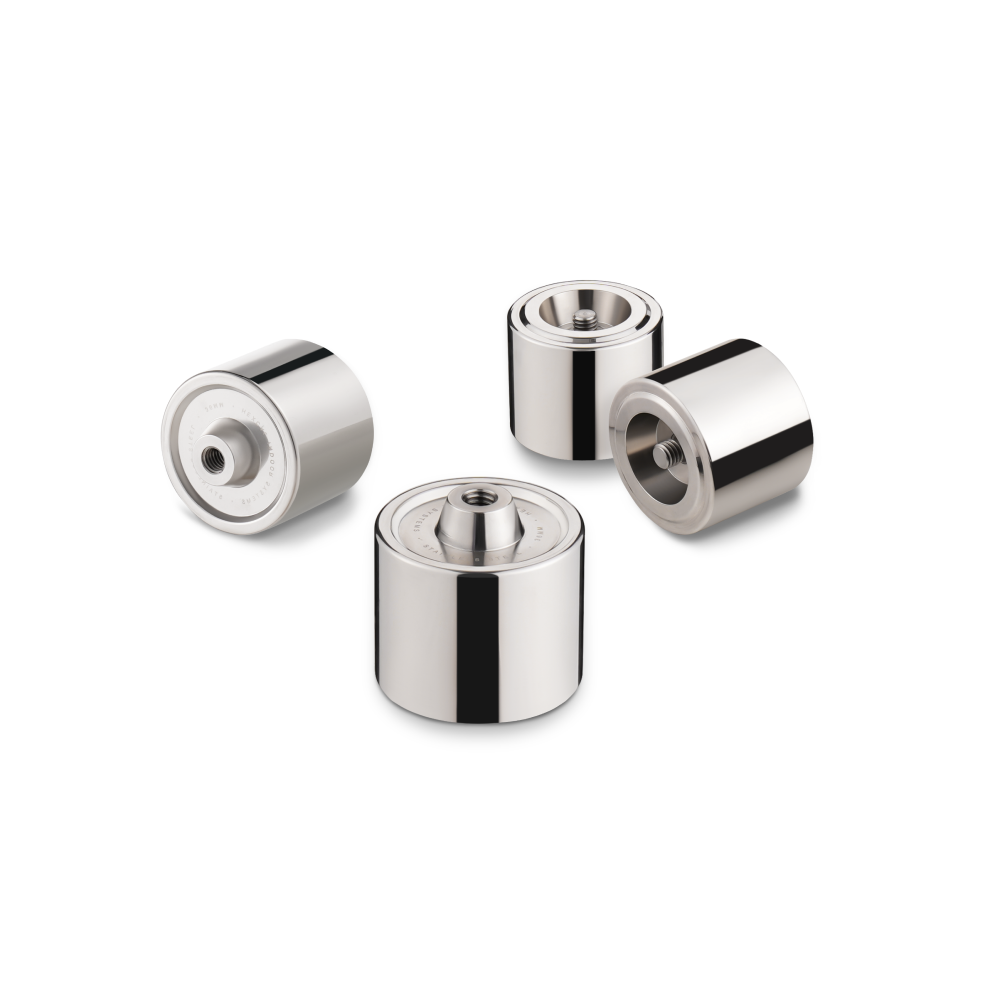The Science Behind Workspace Design
As humans, we spend a significant portion of our lives in a workspace. It could be a conventional office, a co-working space or a home office, and the design of the workspace can significantly affect our productivity, creativity, and overall well-being. In this blog, we will explore the science behind workspace design, focusing on five key factors: nature, lighting, distance, movement, and personal touches.
-

-
Nature
Incorporating elements of nature into the workspace design can have numerous benefits. Research has shown that exposure to nature, even in indoor settings, can reduce stress levels, improve mood, and increase creativity. Adding plants to the workspace not only enhances the aesthetic appeal but also improves air quality by reducing pollutants. Natural materials, such as wood or stone, can also create a calming and grounding effect.
-
Lighting
Lighting plays a crucial role in
workspace design as it directly impacts our visual comfort and overall well-being. Natural light is the best option, as it provides a range of wavelengths that regulate our circadian rhythm, promoting alertness and productivity during the day and better sleep at night. Access to windows and views of the outdoors can significantly improve the quality of lighting in a workspace. If natural light is limited, artificial lighting that closely mimics natural light, such as full-spectrum or daylight bulbs, can be used to create a more pleasant and productive environment.
-
Distance
The physical distance between workstations can influence collaboration, communication, and productivity. Research suggests that an appropriate balance is needed. Too much distance between workstations can lead to feelings of isolation and hinder collaboration, while too little distance can result in distractions and reduced focus. The ideal distance will vary depending on the specific needs of the workspace and the type of work being done. Providing areas for both collaboration and individual focus can help strike the right balance.
-
Movement
Sedentary work has been linked to various health issues, including musculoskeletal problems and decreased overall well-being. Incorporating movement into workspace design can counteract these negative effects. Options such as standing desks, ergonomic chairs, and flexible seating arrangements can encourage employees to change positions throughout the day. Additionally, integrating movement breaks or promoting active meetings, such as walking meetings, can help combat the negative health effects of prolonged sitting. In the movement aspect of workspace design, Hexcal provides two innovative solutions that promote movement and comfort in the workplace.
The Hexcal Inspire Chair is designed with ergonomic principles in mind, offering adjustable features that support proper posture and reduce the risk of musculoskeletal issues. Its dynamic seating mechanism allows for natural movement and changes in sitting positions, keeping the body engaged and preventing prolonged static posture. With its customizable features and high-quality materials, the
Hexcal Inspire Chair provides employees with the flexibility and support they need for a comfortable and productive work experience.
-
The Hexcal Elevate Standing Desk is the perfect complement to the
Hexcal Inspire Chair, as it helps to promote movement throughout the day by making it easy for users to switch between sitting and standing positions. Prolonged sitting can cause various health problems, but the ability to alternate between sitting and standing can help to counteract the negative effects of sedentary work. With adjustable height settings, the
Hexcal Elevate Standing Desk allows employees to find their ideal working position, encouraging them to stay active in the
workspace. These ergonomic furniture options prioritize the well-being of employees while also boosting productivity and engagement.
-
Personal touches
Allowing employees to personalize their
workspace can have a positive impact on their well-being, job satisfaction, and productivity. By allowing individuals to add personal touches, such as photos, artwork, or meaningful objects, they can create a sense of ownership and a more comfortable and inspiring environment. Personalized workspaces can also reflect an individual's personality and provide a sense of familiarity and comfort, leading to increased job satisfaction and productivity.
-
Workspace design is a crucial factor in employee productivity, creativity, and well-being. By understanding and implementing the science behind
workspace design, organizations can create spaces that optimize employee well-being, productivity, and creativity. A well-designed
workspace not only benefits individuals but also contributes to a positive work culture, attracting and retaining top talent. It is an investment in the success and overall satisfaction of both employees and the organization as a whole.

